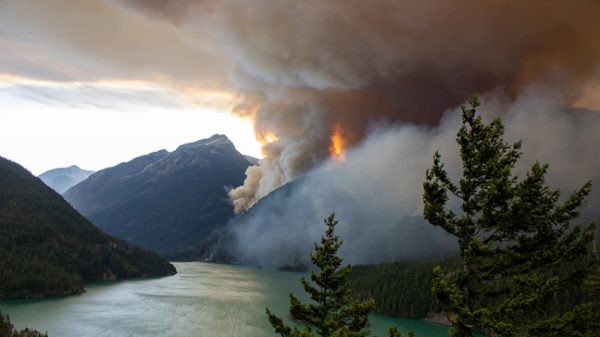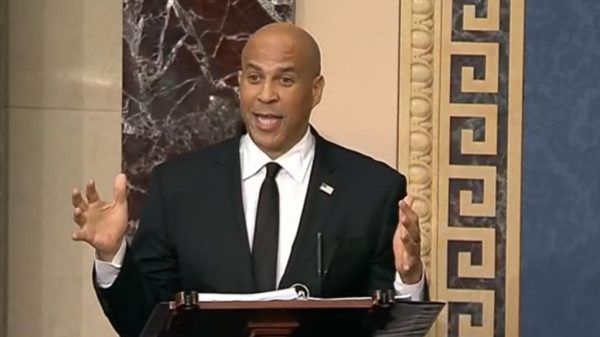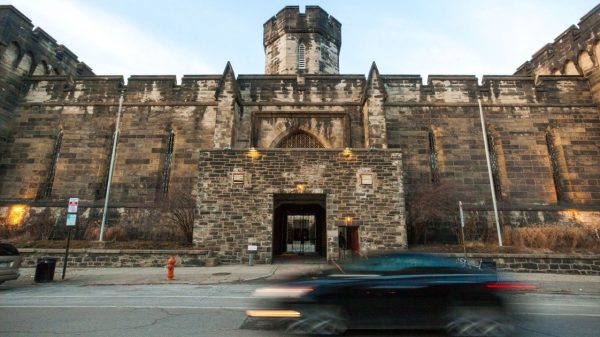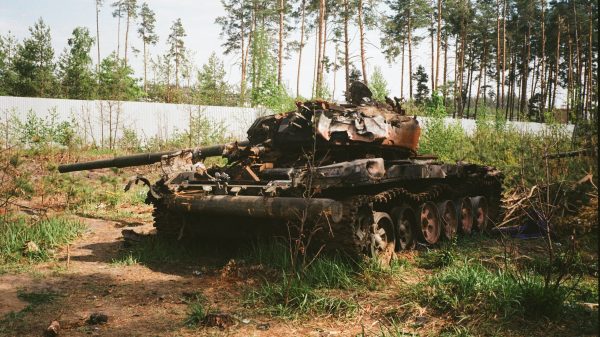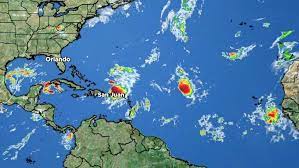The loop current can supercharge storms.
ORLANDO, Fla. – The loop current in the Gulf of Mexico has been known for quite some time but became notorious in 2005 for aiding in the rapid intensification of hurricanes Katrina and Rita.
The loop current is an area of warm water that travels up from the Caribbean and past the Yucatan Peninsula. The current continues into the Gulf of Mexico and flows through the Florida Strait into the Gulf Stream. This current is characterized by not only extremely warm water but deep warm water.
When tropical systems move over water, they typically upwell cooler water from deep beneath the warm ocean surface. The loop current provides tropical systems that move over them more fuel to work with. Given a favorable upper-level environment, storms that move over the loop current have the potential to strengthen rapidly.
In the case of Invest 93L, which is expected to develop in the Gulf of Mexico, the upper-level environment does not appear pristine. Dry air should try and infiltrate the western side of the storm as it moves over the loop current.
93L will move over the loop current after it departs the Yucatan Peninsula Monday into Tuesday.
This, however, will need to be watched closely as if the disturbance known as Invest 93L gets organized faster than anticipated or fends off hostile environmental conditions more efficiently, can get much stronger than early model guidance suggests.







